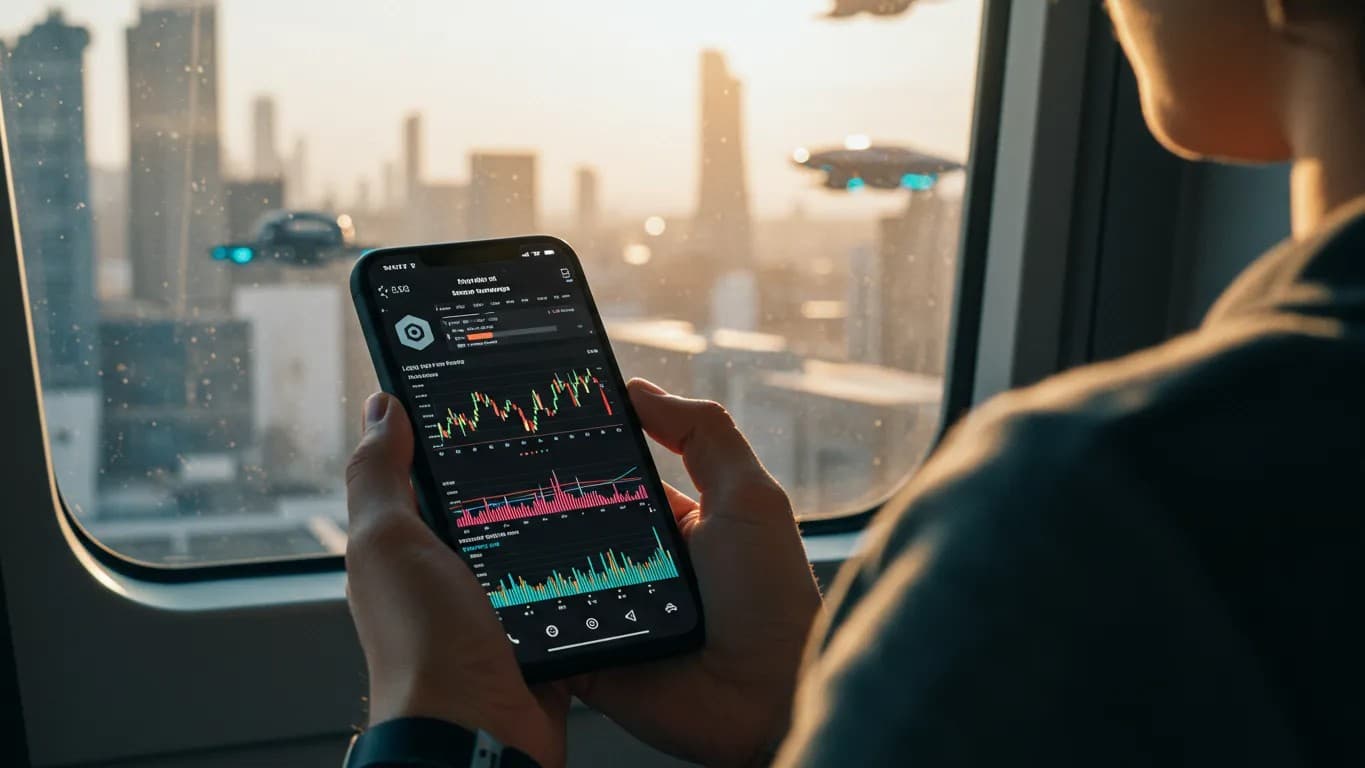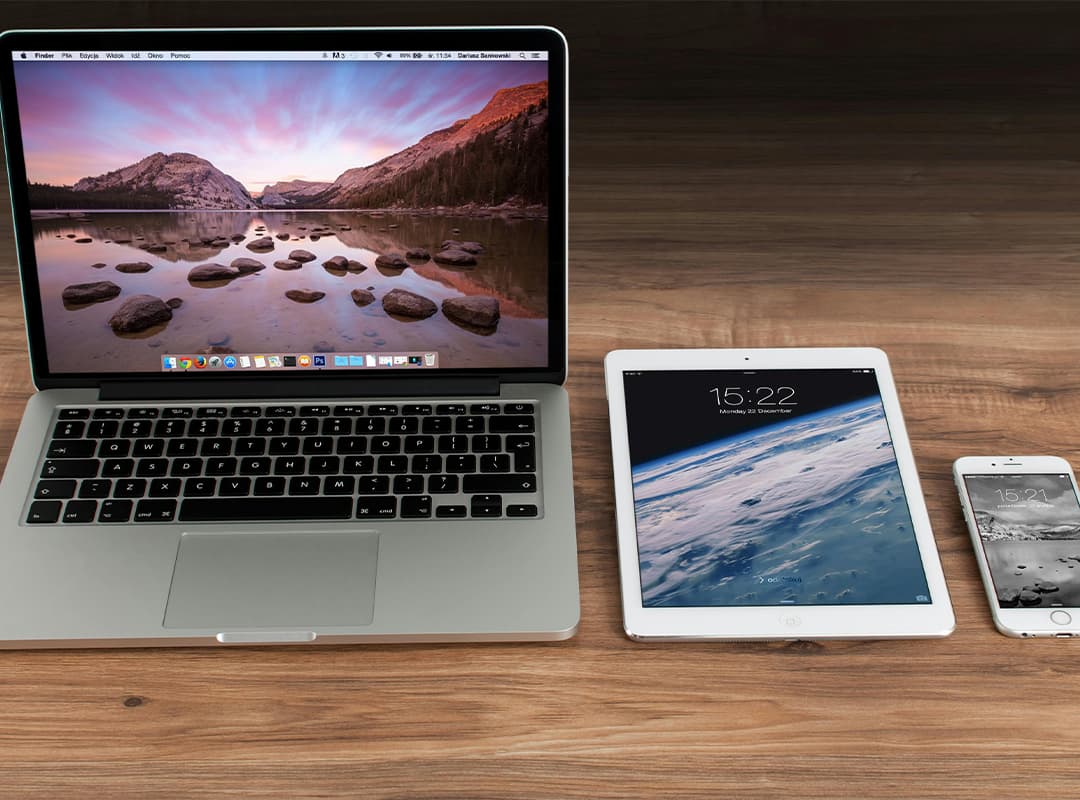In the fast-evolving world of cryptocurrency, mobile devices have become the primary tool for traders and enthusiasts. Over 65% of crypto transactions now occur via smartphones, according to a 2024 Statista report, highlighting the need for seamless access to crypto market data on the go. However, apps like Coinbase, Binance, and TradingView require significant storage, RAM, and processing power, which can slow down even the latest iPhones and Android devices.
This guide will help you optimize your phone’s performance while ensuring you never miss a critical market update. Whether you’re tracking Bitcoin’s volatility or analyzing altcoin trends, balancing efficiency and functionality is key. Let’s dive into practical strategies for 2025.
Why Mobile Optimization Matters for Crypto Traders
The shift to mobile-first trading is undeniable. Apps now offer real-time charting, portfolio tracking, and instant notifications—features that demand constant data updates and background processes. For example, a single crypto app can generate up to 500 MB of cache per week, clogging your phone’s storage and slowing performance.
Imagine this: You’re about to execute a time-sensitive trade, but your iPhone freezes due to low memory. By the time the app responds, the price has shifted, costing you potential profits. Scenarios like these underscore the importance of optimizing your device.
Key Trends in 2025:
AI-driven trading bots operating 24/7 on mobile devices.
Decentralized apps (dApps) requiring simultaneous use of multiple wallets.
High-resolution crypto market data visualizations consuming more RAM.
Top Apps for Tracking Crypto Market Data
Choosing the right apps is the first step to balancing performance and functionality. Here’s a breakdown of 2025’s most efficient tools:
CoinStats: Lightweight and Comprehensive
CoinStats remains a favorite for its minimalist design and robust tracking. It supports over 10,000 cryptocurrencies and uses blockchain compression to reduce data storage by 30%. Unlike heavier apps, it doesn’t auto-download historical charts unless requested, preserving storage.
Delta Portfolio: Synced and Streamlined
Delta’s latest update introduced “Lite Mode,” which disables non-essential features like news feeds and social integrations. This cuts memory usage by half, making it ideal for older devices. Its real-time crypto market data updates rely on cloud processing, reducing strain on your phone’s CPU.
Blockfolio: Notifications Without the Bloat
Blockfolio excels in push alerts for price changes, leveraging server-side calculations to minimize local resource use. A 2024 user survey found that 89% of traders prioritize instant alerts—Blockfolio delivers these without clogging storage.
Pro Tip: Avoid apps with built-in browsers (e.g., Coinbase’s DApp explorer), as they often cache excessive data.
Step-by-Step Optimization for iOS and Android
Even the best apps need a well-maintained device. Follow these steps to keep your phone running smoothly:
Clear Cache Regularly
Crypto apps accumulate temporary files quickly. For iOS:
Go to Settings > General > iPhone Storage.
Select the app (e.g., Binance).
Tap “Offload App” to remove the app but keep its data.
Reinstall it to reset the cache.
For Android:
Use Files by Google to identify and delete junk files.
Navigate to Settings > Apps > [App Name] > Storage.
Tap “Clear Cache” weekly.
Enable Background App Limits
Restrict non-essential apps from running in the background:
iOS: Settings > General > Background App Refresh > Toggle off for non-crypto apps.
Android: Settings > Battery > Background Usage Limits.

Use Lite Versions and PWAs
Progressive Web Apps (PWAs) like CoinGecko Lite run in your browser, consuming 70% less storage than native apps. They’re perfect for tracking crypto market data without installations.
Security: Protecting Your Data and Assets
Optimization isn’t just about speed—it’s also about safety. Crypto apps are prime targets for hackers.
Biometric Authentication
Enable Face ID or Touch ID for all trading apps. This adds a layer of security while streamlining access.
Avoid Unofficial App Stores
Third-party app stores often host malware disguised as crypto tools. Stick to Apple’s App Store or Google Play.
Encrypted Wallets
Hot wallets like Trust Wallet and MetaMask now offer automatic storage cleanup. They delete redundant blockchain data after transactions, freeing space without compromising security.
Real-World Example:
In 2024, a fake “Coinbase Pro” app on a third-party store stole over $2M in assets. Always verify developer credentials.
Future Trends: AI and Decentralized Storage
The future of mobile crypto trading lies in smarter resource management:
AI-Powered Optimization
Apps like CryptoAI Assistant (launching Q3 2025) will automatically clear cache, prioritize critical alerts, and compress crypto market data in the background.
IPFS and Decentralized Storage
The InterPlanetary File System (IPFS) will replace centralized servers for chart data. This peer-to-peer system reduces app storage needs by 40% while improving load speeds.
5G and Edge Computing
With 5G’s rollout, more data processing will occur on edge servers, not your phone. Apps will stream crypto market data like Netflix streams video—minimal storage, maximum speed.
Key Takeaways
Choose lightweight apps like CoinStats and Blockfolio for real-time tracking.
Schedule weekly cleanups to delete cache and temporary files.
Prioritize security with biometrics and official app stores.
Prepare for AI and decentralized tech to revolutionize mobile trading.



